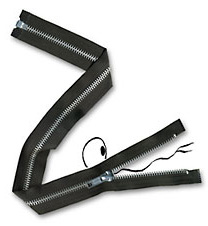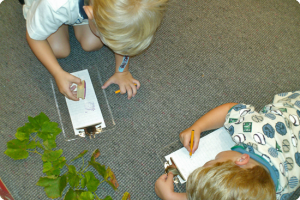 Education standards help educators bring focus and intention to their work with children. Any professional who works with children is now expected to know about standards and incorporate them into their practice. When used appropriately, standards have a positive effect on children’s learning. Standards are designed to answer these questions:
Education standards help educators bring focus and intention to their work with children. Any professional who works with children is now expected to know about standards and incorporate them into their practice. When used appropriately, standards have a positive effect on children’s learning. Standards are designed to answer these questions:
What should children learn?
When should they learn it?
What outcomes can be expected?
Young children need hands-on experiences that allow them to explore over and over. They need to use a variety of materials and tools, talk about what they are doing, ask questions and try to find answers.
 Early Learning Standards
Early Learning Standards
Several states have adopted excellent standards for children from birth to preschool. Vermont’s Early Learning Standards have just been released in Fall 2015.
Common Core State Standards in English Language Arts and Mathematics
The state-led effort to develop the Common Core State Standards was launched in 2009 by state leaders, including governors and state commissioners of education from 48 states, two territories and the District of Columbia, through their membership in the National Governors Association Center for Best Practices (NGA Center) and the Council of Chief State School Officers (CCSSO). State school chiefs and governors recognized the value of consistent, real-world learning goals and launched this effort to ensure all students, regardless of where they live, are graduating high school prepared for college, career, and life. (link TK)
Next Generation Science Standards
New K-12 science standards have been developed that are rich in content and practice, organized around disciplines and grades to provide benchmarked science education. The NGSS is based on the Framework for K-12 Science Education developed by the National Research Council. (link TK)
